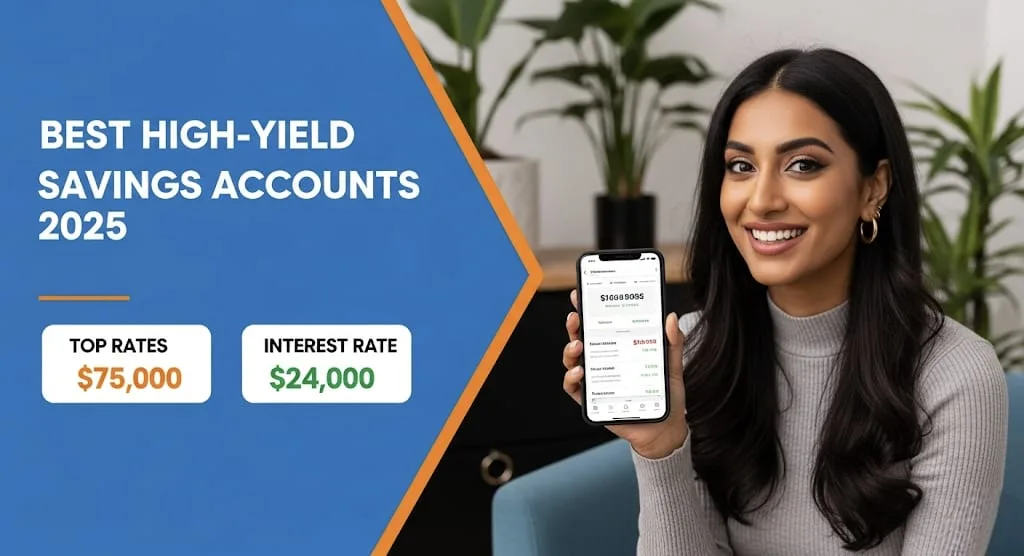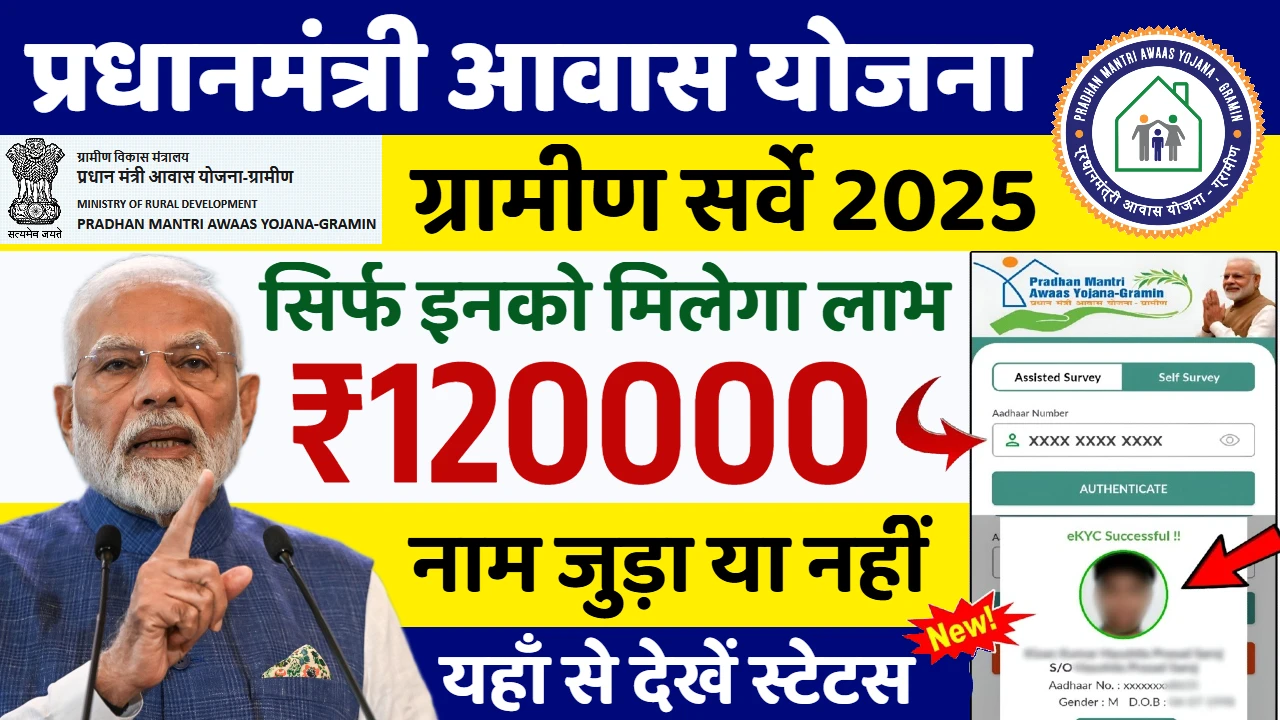In today’s dynamic financial landscape, simply stashing your cash in a traditional savings account is akin to leaving money on the table. With inflation a constant concern, smart savers are increasingly turning to high-yield savings accounts (HYSAs) to maximize their returns. As we navigate 2025, the competition among banks offering attractive Annual Percentage Yields (APYs) is heating up, presenting a golden opportunity for consumers. This article delves into the top contenders, compares their rates and features, and provides essential tips for choosing the HYSA that best suits your financial goals.
Why High-Yield Savings Accounts are Your Best Bet in 2025 ✨
High-yield savings accounts offer significantly higher interest rates than their traditional counterparts. While standard savings accounts might offer paltry rates of 0.01% – 0.10% APY, HYSAs can provide rates anywhere from 3.50% to over 5.00% APY in the current market, allowing your money to grow substantially faster. This difference, compounded over time, can translate into hundreds, or even thousands, of extra dollars in your pocket.
The Federal Reserve’s decisions on interest rates heavily influence HYSA rates. As of mid-2025, while there have been some fluctuations, rates remain robust, making it an opportune time to lock in strong returns. Experts anticipate some potential rate cuts later in the year, which could lead to a slight dip in APYs. Therefore, acting sooner rather than later could be advantageous for maximizing your earnings.
Top High-Yield Savings Accounts to Consider in 2025 🏆
When evaluating the best HYSAs, we consider several crucial factors: the APY, minimum deposit requirements, monthly fees, ease of access to funds, and the overall customer experience. Here are some of the standout options making waves in 2025:
- Varo Bank: Varo continues to impress with a competitive APY, especially for balances up to a certain threshold, often around 5.00%. They are an online-only bank, offering convenience and a user-friendly mobile app.
- AdelFi: Another strong contender, AdelFi also offers a compelling 5.00% APY, particularly for new members and on balances up to a specific limit. As a credit union, membership requirements may apply.
- Fitness Bank: For those who are health-conscious, Fitness Bank offers a unique twist with a high APY (also around 5.00%) that can be linked to daily step counts or other fitness activities, alongside maintaining a certain average daily balance in a linked checking account.
- Axos Bank: Axos Bank consistently offers competitive rates, with their ONE Savings account reaching approximately 4.66% APY, often with certain direct deposit requirements or minimum balances. They offer a comprehensive suite of online banking services.
- Openbank: A division of Santander Bank, Openbank provides a strong APY, often around 4.30%, with a reasonable minimum deposit to open. They are known for their secure mobile banking features.
- Bread Savings: Offering a solid 4.30% APY, Bread Savings is another online-focused option with a relatively low minimum opening deposit.
- Synchrony Bank: Synchrony Bank’s High Yield Savings account typically offers a competitive APY (around 3.80% as of recent reports) with no monthly fees or minimum balance requirements, making it a popular choice for many.
- American Express® High Yield Savings Account: For those who appreciate the reliability of a well-known brand, American Express offers a solid HYSA with a respectable APY (around 3.60%), zero minimums, and no monthly fees.
- Marcus by Goldman Sachs: Known for its highly-rated customer service and a straightforward online experience, Marcus offers a competitive APY (around 3.65%) with no fees or minimums.
Factors to Consider When Choosing Your HYSA 🤔
Beyond just the highest APY, here are critical aspects to weigh before committing to a high-yield savings account:
- APY (Annual Percentage Yield): This is the most crucial factor, as it determines how much interest you’ll earn. Remember that APYs are variable and can change with market conditions.
- Minimum Balance Requirements: Some HYSAs require a minimum balance to earn the advertised APY or to avoid monthly fees. Ensure you can comfortably meet these requirements.
- Fees: Look for accounts with no monthly maintenance fees, incoming wire transfer fees, or excessive withdrawal limits.
- Access to Funds: While HYSAs are for savings, you should still have reasonable access to your money. Check for limitations on withdrawals or transfer speeds.
- FDIC/NCUA Insurance: This is non-negotiable. Ensure your chosen institution is FDIC-insured (for banks) or NCUA-insured (for credit unions) to protect your deposits up to $250,000 per depositor, per institution, per ownership category, in the unlikely event of a bank failure.
- Online vs. Traditional Banks: Online banks typically offer higher APYs due to lower overheads. However, if you prefer in-person service or require frequent cash deposits, a traditional bank with a competitive HYSA might be a better fit.
- Customer Service: Evaluate the availability and quality of customer support. Can you reach them easily by phone, chat, or email?
- Mobile App and Online Banking: A user-friendly mobile app and robust online banking platform are essential for convenient money management.
High-Yield Savings vs. CDs: What’s Right for You? ⚖️
While both high-yield savings accounts and Certificates of Deposit (CDs) offer attractive interest rates, they serve different purposes.
- High-Yield Savings Accounts: Offer flexibility with variable interest rates and easy access to funds. Ideal for emergency funds, short-term savings goals, or money you might need to access relatively quickly.
- Certificates of Deposit (CDs): Offer fixed interest rates for a set term (e.g., 6 months, 1 year, 5 years). You’ll typically incur a penalty for early withdrawals. CDs are excellent for money you don’t need for a specific period, allowing you to lock in a guaranteed return. As of mid-2025, some short-term CDs are still offering very competitive rates.
The choice depends on your liquidity needs and risk tolerance. For most, a combination of both can be a powerful strategy.
The Road Ahead for Savers in 2025 🛣️
As 2025 progresses, the interest rate environment remains a key factor for savers. While the Federal Reserve has held rates steady recently, future adjustments are always possible. Keeping an eye on economic indicators and central bank announcements will help you stay informed. Regardless, the landscape of high-yield savings accounts continues to be highly competitive, offering abundant opportunities for diligent savers to grow their wealth. By doing your research and choosing wisely, you can make your money work harder for you.
Frequently Asked Questions (FAQs) 🤔
Q1: Are high-yield savings accounts safe?
A1: Yes, absolutely! As long as the bank offering the high-yield savings account is FDIC-insured (Federal Deposit Insurance Corporation) or, in the case of credit unions, NCUA-insured (National Credit Union Administration), your deposits are protected up to $250,000 per depositor, per institution, per ownership category. Always verify this insurance before opening an account.
Q2: How often do high-yield savings account rates change?
A2: High-yield savings account rates are variable, meaning they can change at any time. They typically fluctuate in response to broader economic conditions and decisions made by the central bank (like the Federal Reserve). While some banks might adjust their rates more frequently than others, it’s common to see changes driven by market trends.
Q3: Can I link my high-yield savings account to my checking account at another bank?
A3: Yes, in most cases, you can easily link your high-yield savings account, even if it’s with an online-only bank, to your checking account at another institution. This allows for seamless transfers of funds between your accounts, usually via electronic transfers (ACH). This is a common practice for managing your liquid funds efficiently.











